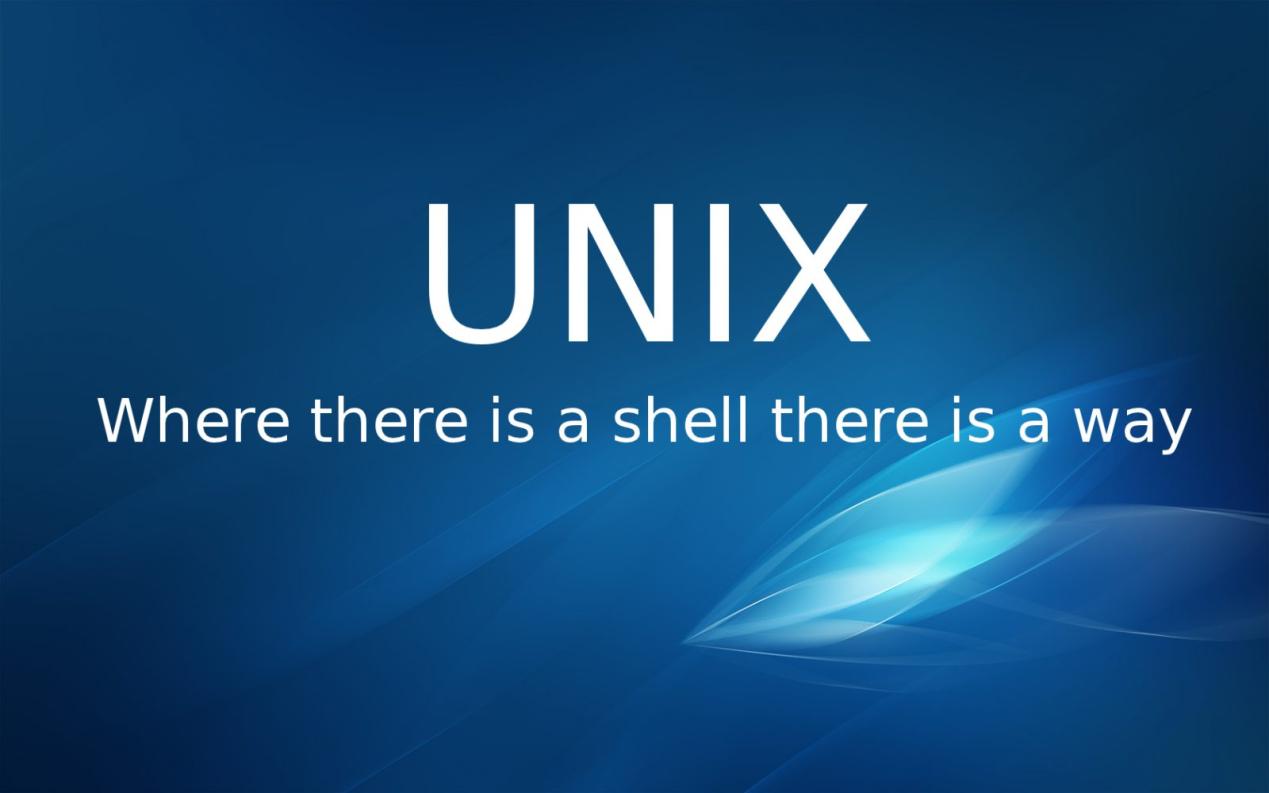Unix Command-Line Odyssey: Exploring the Depths of a Powerful Tool
In the vast digital landscape, the Unix command-line stands as a testament to the power of simplicity and efficiency. This unassuming interface, composed of cryptic characters and commands, conceals a world of possibilities, inviting the curious and determined to embark on an odyssey of discovery.

Historical Context: The Genesis Of A Revolutionary Interface
Unix, the brainchild of Ken Thompson and Dennis Ritchie, emerged in the late 1960s as a groundbreaking operating system designed for multitasking and resource sharing. Its command-line interface, initially conceived as a means of interacting with the system, soon revealed its true potential as a versatile tool for manipulating files, processes, and system resources.
Over the decades, Unix underwent significant evolution, spawning numerous variants and derivatives, each contributing to its rich tapestry of commands and utilities. This proliferation of Unix-like systems, including Linux, macOS, and FreeBSD, further solidified the command-line's地位 as a ubiquitous and indispensable tool in the world of computing.
Unveiling The Command-Line Interface: A Gateway To System Mastery
The command-line interface, often referred to as the CLI, presents a stark contrast to the graphical user interfaces (GUIs) that dominate modern computing. While GUIs rely on intuitive icons and menus, the CLI demands a deeper understanding of the underlying system and its commands.

Navigating the command-line requires familiarity with fundamental commands for traversing the file system, such as "cd" for changing directories, "ls" for listing files, and "pwd" for displaying the current working directory. These commands, along with a plethora of others, provide a direct and efficient means of interacting with the system.
Essential Commands And Utilities: Unveiling The Power Of The Command-Line
The Unix command-line arsenal encompasses a vast array of commands and utilities, each serving a specific purpose and contributing to the platform's versatility. These tools can be broadly categorized into several groups:
- File Management: Commands like "mkdir," "rmdir," "cp," "mv," and "rm" provide fine-grained control over files and directories, enabling users to create, delete, copy, move, and remove files with ease.
- Text Manipulation: Tools such as "cat," "grep," "sed," and "awk" empower users to manipulate text files, perform complex searches, and transform data in a variety of ways.
- System Administration: Commands like "ps," "kill," "top," and "uptime" provide system administrators with the ability to monitor and manage system processes, users, and resources.
The Power Of Piping And Redirection: Unleashing The Command-Line's True Potential
One of the most powerful features of the Unix command-line is its ability to combine commands using pipes and redirection. Pipes, represented by the vertical bar symbol ("|"), allow the output of one command to be passed as input to another, creating a seamless flow of data between processes.
Redirection, denoted by symbols like "<," ">," and ">>," enables users to control the flow of data between commands and files. Input redirection allows a command to read data from a file instead of the standard input, while output redirection sends the output of a command to a file or another command.
Advanced Command-Line Techniques: Delving Into The Depths Of Unix Mastery
For those willing to venture beyond the basics, the Unix command-line offers a wealth of advanced techniques that unlock its full potential.
Regular expressions, a powerful pattern-matching language, enable users to search for and manipulate text with surgical precision. Scripting, the art of automating tasks by creating shell scripts, further enhances productivity and allows users to tailor the command-line to their specific needs.
Command-Line Resources: A Guide To Further Exploration
The Unix command-line is a vast and ever-evolving landscape, and there are numerous resources available to assist those seeking to deepen their understanding.
Online resources, such as reputable websites, tutorials, and documentation, provide a wealth of information for both beginners and experienced users. Books dedicated to Unix command-line topics offer in-depth coverage and practical guidance.
Conclusion: Embarking On Your Own Unix Command-Line Odyssey
The Unix command-line is a gateway to a world of power, efficiency, and customization. It is a tool that rewards curiosity, dedication, and a willingness to embrace its complexities. As you embark on your own Unix command-line odyssey, you will discover a depth of functionality that will transform the way you interact with your computer.
Embrace the challenge, explore the possibilities, and unlock the true potential of the Unix command-line.
YesNo

Leave a Reply